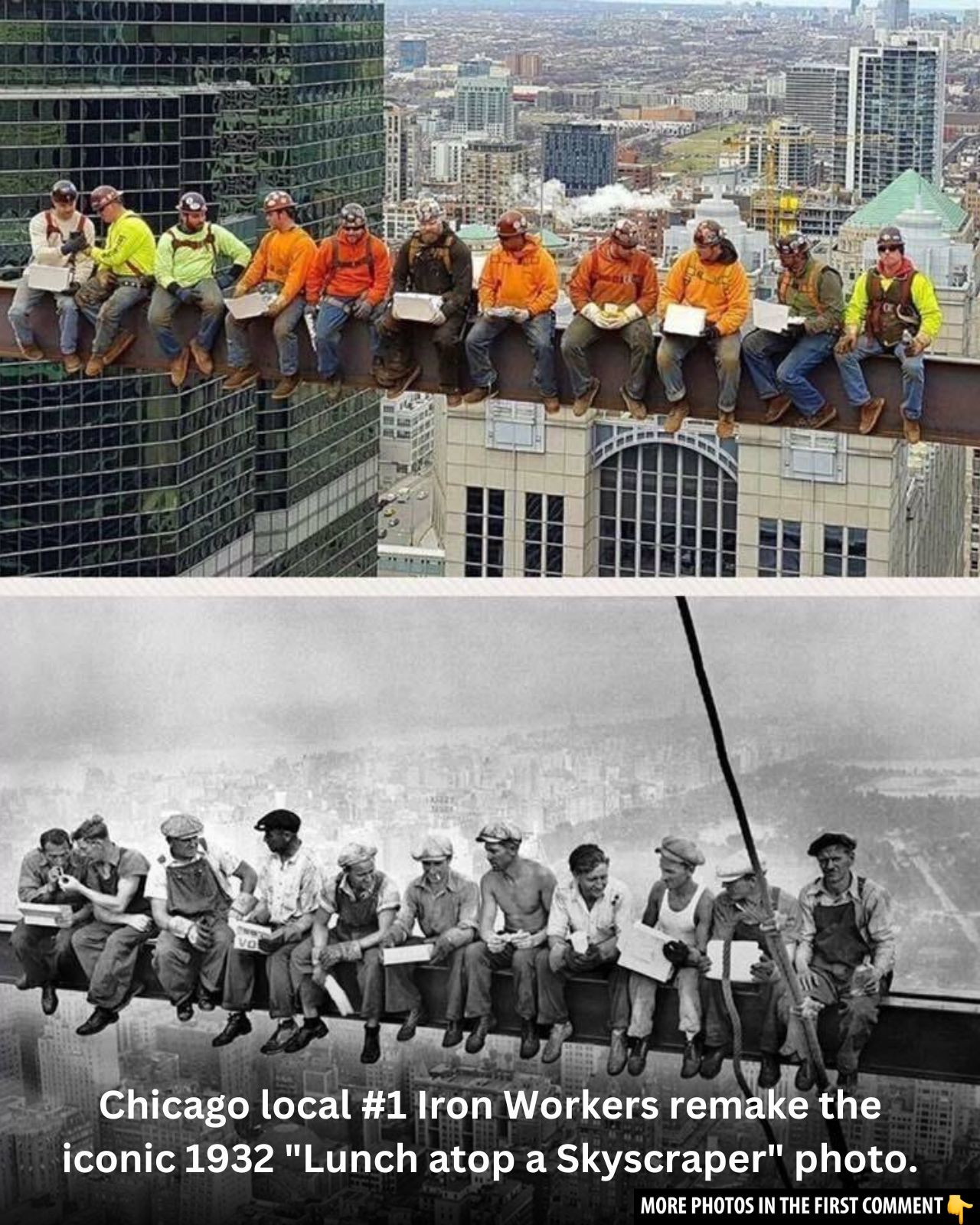In 1932, during the heart of the Great Depression, a photograph was captured that would forever become one of the most iconic images in American history. “Lunch Atop A Skyscraper” not only immortalized a moment in New York City’s skyline but also reflected the resilience and determination of the American worker during one of the nation’s toughest times. This image of 11 ironworkers casually eating lunch on a steel beam 850 feet above the ground atop the Rockefeller Center has come to symbolize the spirit of perseverance, humor, and solidarity. But there’s more to this image than meets the eye. Let’s dive into the fascinating story behind this legendary photo.
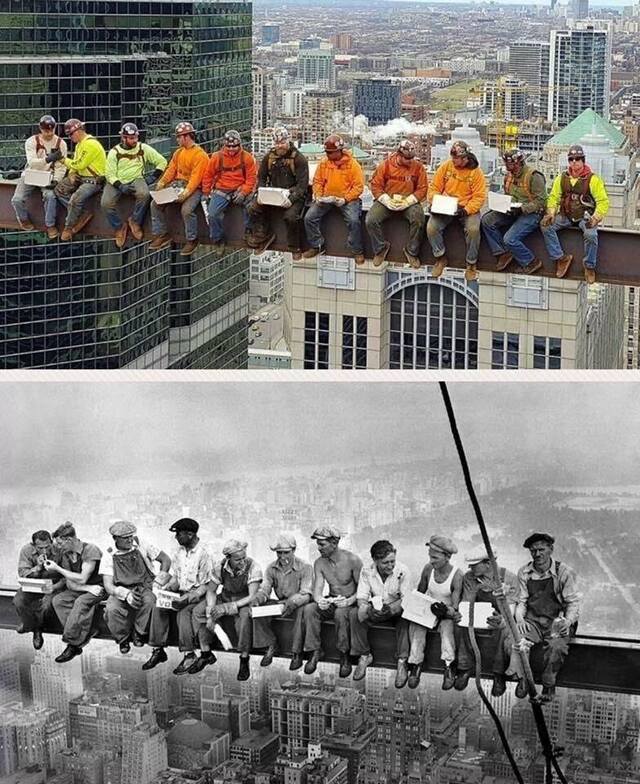
The Construction of Rockefeller Center
The setting of the photograph is one of the most remarkable construction projects in history: the building of Rockefeller Center. At the time of its construction, Rockefeller Center was a colossal feat of engineering and ambition. The project began in 1931, at the height of the Great Depression, and was intended to be not just a monumental building, but a symbol of hope and resilience for the struggling American public.
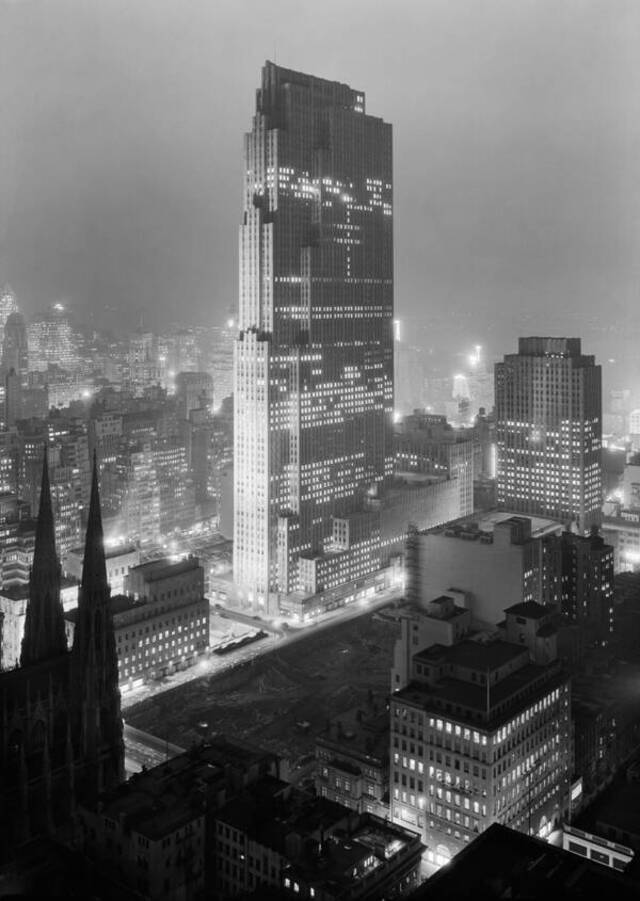
The construction of the Center employed an enormous workforce—approximately 250,000 workers—during an era when jobs were scarce, and the economy was in shambles. The workers who helped build this iconic structure were the heart and soul of the project, with many of them being immigrants, mostly Irish and Italian, but also Native American and other ethnicities. Their contribution to building what would become the cultural and economic hub of New York City cannot be overstated.
Setting the Stage: The Day of the Photo
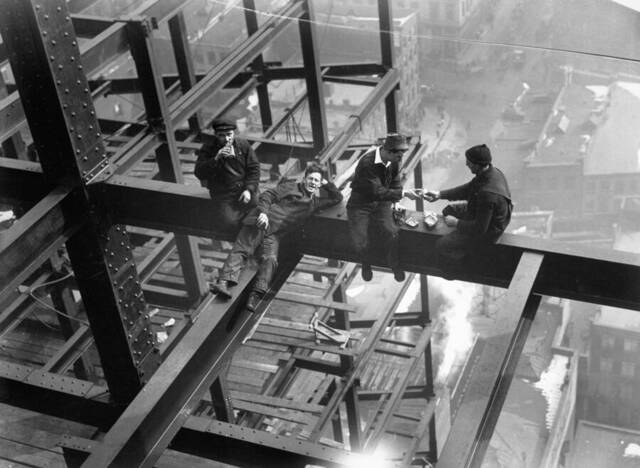
It was on September 20, 1932, that the now-famous photograph was taken. The workers were captured in the midst of their lunch break, seated on a steel beam high above the streets of New York. While the workers appeared to be relaxing, enjoying their meal, and chatting casually, they were perched on a beam at 850 feet above the ground—an incredibly dangerous height, especially considering the lack of safety equipment at the time.
The photo was part of a series of promotional shots taken to advertise the construction of Rockefeller Center. These photos were meant to showcase the scale of the building project while also highlighting the toughness and camaraderie of the men who were involved in the construction. Though the photograph seemed candid, it was actually a deliberate, staged moment designed to convey the confidence and resilience of the workers.
Capturing the Image: The Men Behind the Camera
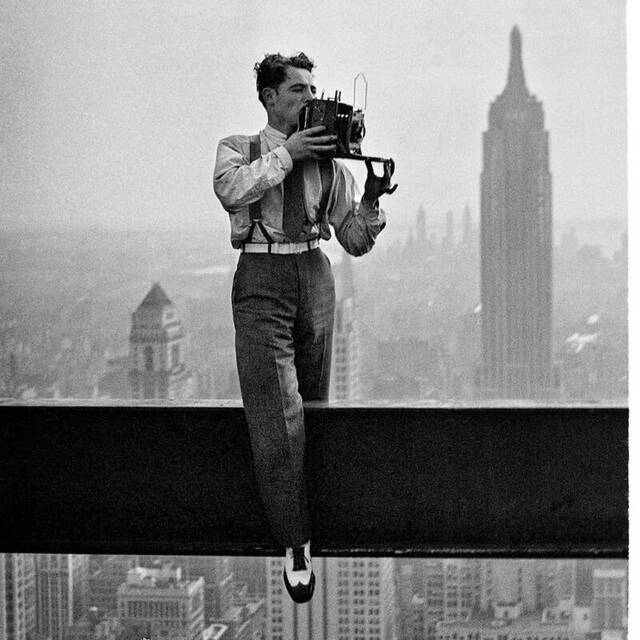
While the image itself is striking, there is still mystery surrounding who actually captured it. Three photographers were present during the shooting on that day—Charles Ebbets, Thomas Kelley, and William Leftwich. However, the exact identity of the photographer remains uncertain, although many believe it was Charles Clyde Ebbets. Despite the uncertainty, what’s undeniable is the powerful visual impact of the photo, which resonated deeply with the public.
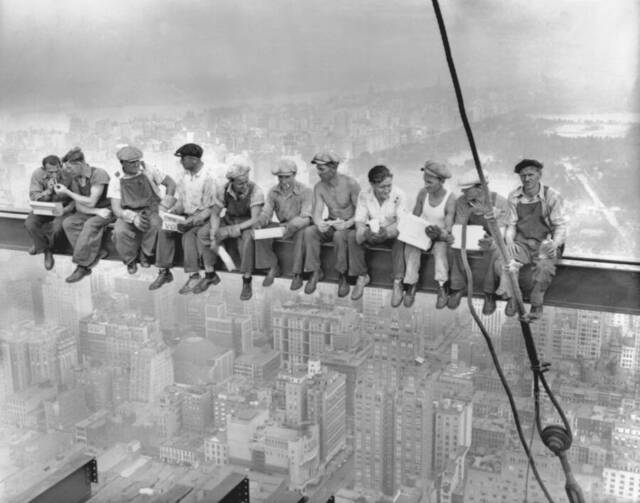
This photograph became an instant sensation when it was first published in the New York Herald-Tribune on October 2, 1932. It struck a chord with the American public, who were facing the harsh realities of the Depression. The image became a symbol of not just New York’s architectural achievement, but also of the unwavering spirit of the American worker during one of the darkest periods in the nation’s history.
Watch the video below to explore how the 1932 photograph was part of a series of promotional stunt shots designed to advertise Rockefeller Center’s construction.
The Worker’s Perspective: Who Were the Men in the Photo?
The men in the photograph were not just faceless workers; they represented the diverse backgrounds of the people who helped shape America. Many of them were immigrants who had come to the United States in search of a better life. The workers in the image, mostly from Irish, Italian, and Native American backgrounds, embodied the American Dream in its purest form—working hard to build something greater than themselves, despite the odds.
The identities of some of the men in the photo have been discovered, with notable research by the Ó Cualáin brothers. Through extensive investigations, they managed to confirm the identities of several of the workers, such as Joseph Eckner and Joe Curtis. This effort to uncover the truth behind the men in the photograph only adds to its significance, showing that their stories are just as important as the iconic image they are part of.
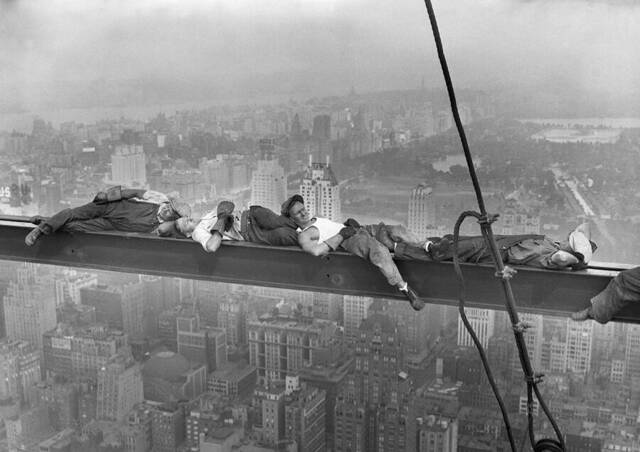
Debunking the Myths: Was ‘Lunch Atop A Skyscraper’ a Fake?
Over the years, various rumors and myths about the authenticity of the photograph have circulated. Some even suggested that the photo was staged or a fake. However, these rumors have been debunked by filmmakers and historians who have done extensive research into the photo’s origins.
In their 2012 documentary Men at Lunch, Seán and Eamonn Ó Cualáin conducted a thorough investigation, tracking down the original glass plate negative of the photo and confirming its authenticity. Their work helped put to rest any doubts about the photograph’s genuineness, revealing the true story behind this iconic image.
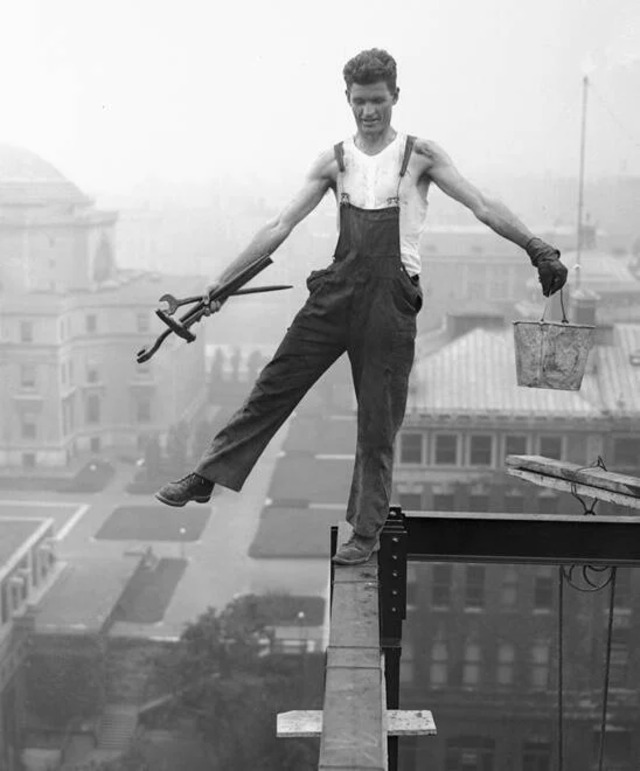
The Cultural Impact of ‘Lunch Atop A Skyscraper’
“Lunch Atop A Skyscraper” wasn’t just a promotional stunt; it became a symbol of hope, humor, and perseverance. At a time when the nation was struggling through the aftermath of the Great Depression, this image gave people a moment to smile, to appreciate the spirit of resilience embodied by these workers, and to reflect on the strength of New York City as a whole.
The photo also spoke to the melting pot of cultures that formed the foundation of New York City. The workers, representing a variety of nationalities, built the city’s skyline and contributed to the city’s rise as the economic and cultural capital of the United States. The image serves as a reminder of the immigrant contributions to the nation and to the infrastructure that supported it.
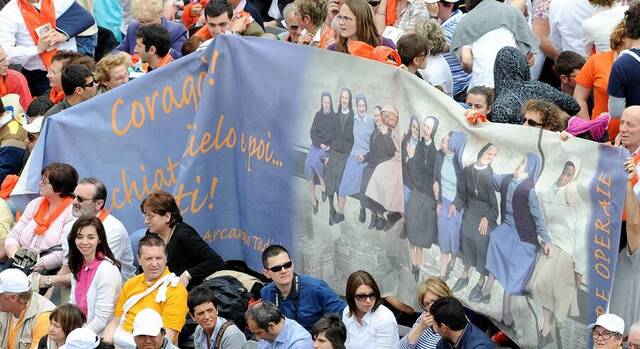
Recreations and Legacy of the Photograph
Over the years, the image of workers perched on a beam 850 feet in the air has been reimagined and recreated numerous times, not only in films and television but also in artistic recreations. Its enduring legacy has made it one of the most recognizable photographs in history.
The photograph’s influence can be seen in countless pieces of art, advertisements, and even documentaries that explore the history behind it. One notable example is the 2012 documentary Men at Lunch, which delves into the story of the photo and the men behind it.
Watch the trailer for “Men At Lunch” below to learn more about the true story behind this iconic image.
Conclusion: Why ‘Lunch Atop A Skyscraper’ Still Captivates
Nearly a century after it was taken, “Lunch Atop A Skyscraper” continues to captivate audiences around the world. The photograph is more than just a moment in history; it’s a symbol of the enduring American spirit, a reminder of the resilience and courage that built New York City and the nation as a whole.
As we look back on this iconic image, we are reminded of the sacrifices made by the workers who helped build the modern world, and the lasting impact their work has had on the skyline of New York and the spirit of America. “Lunch Atop A Skyscraper” remains not just a piece of history but a testament to the strength, endurance, and humor of the workers who, even in the face of unimaginable challenges, built something that continues to inspire generations.
